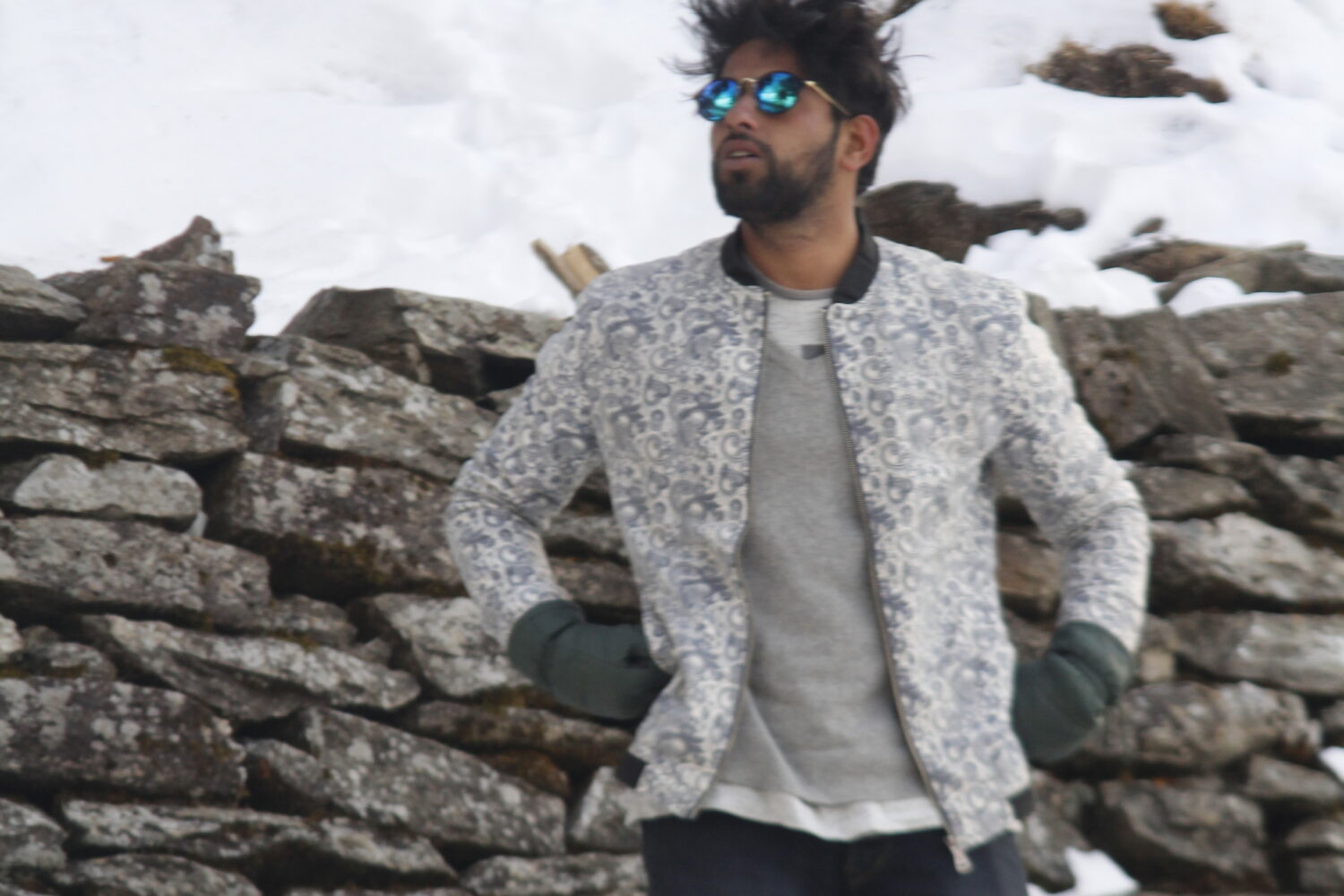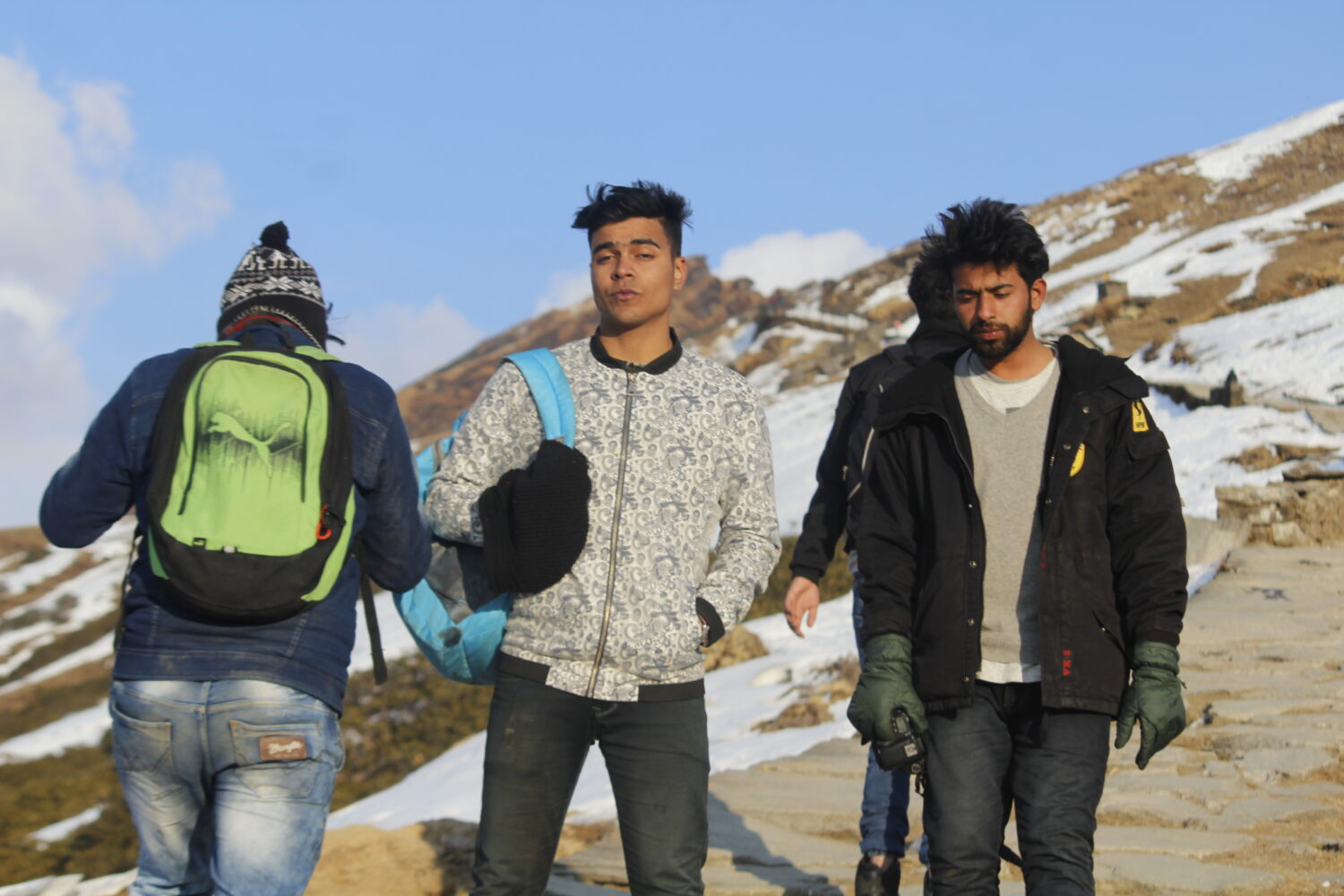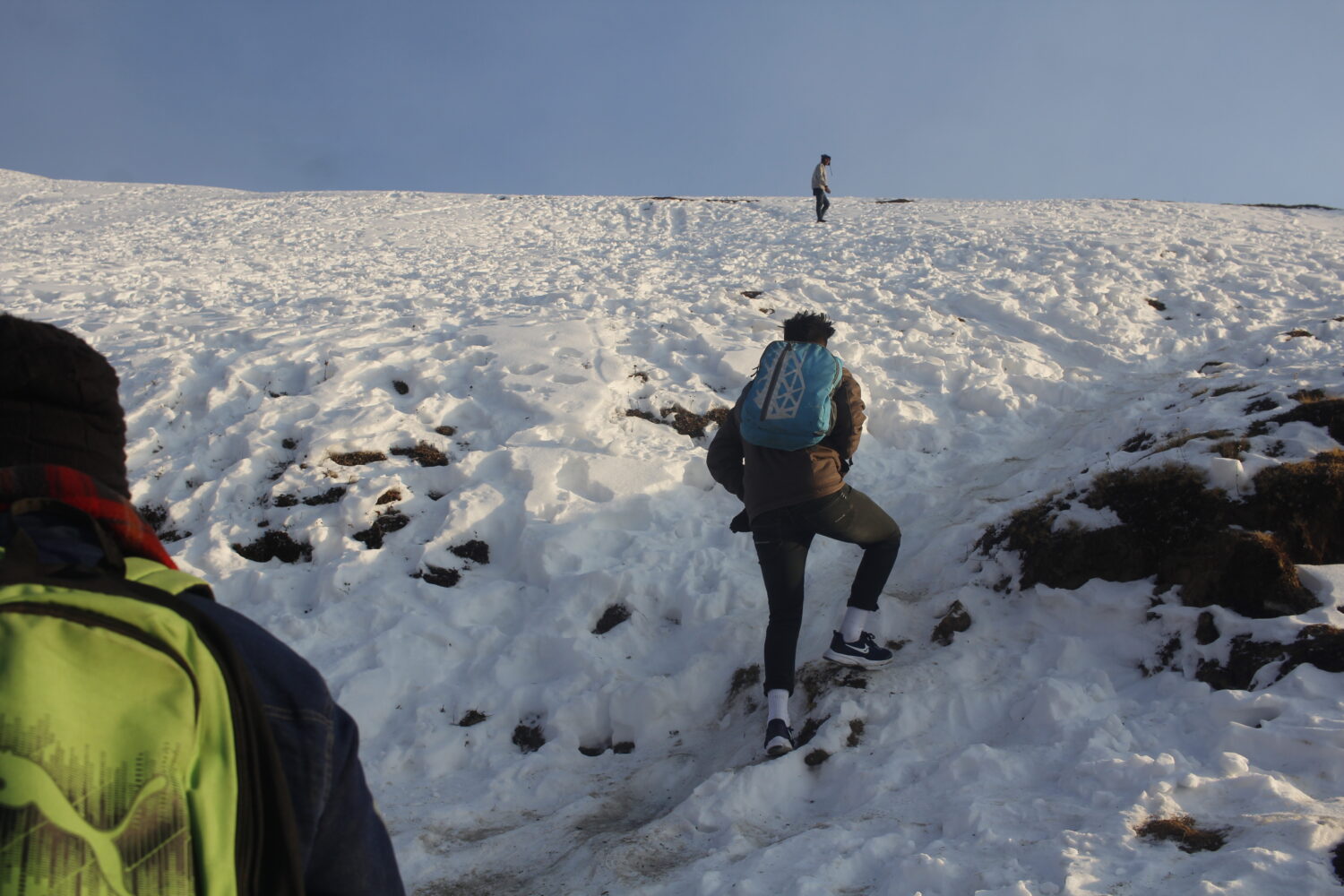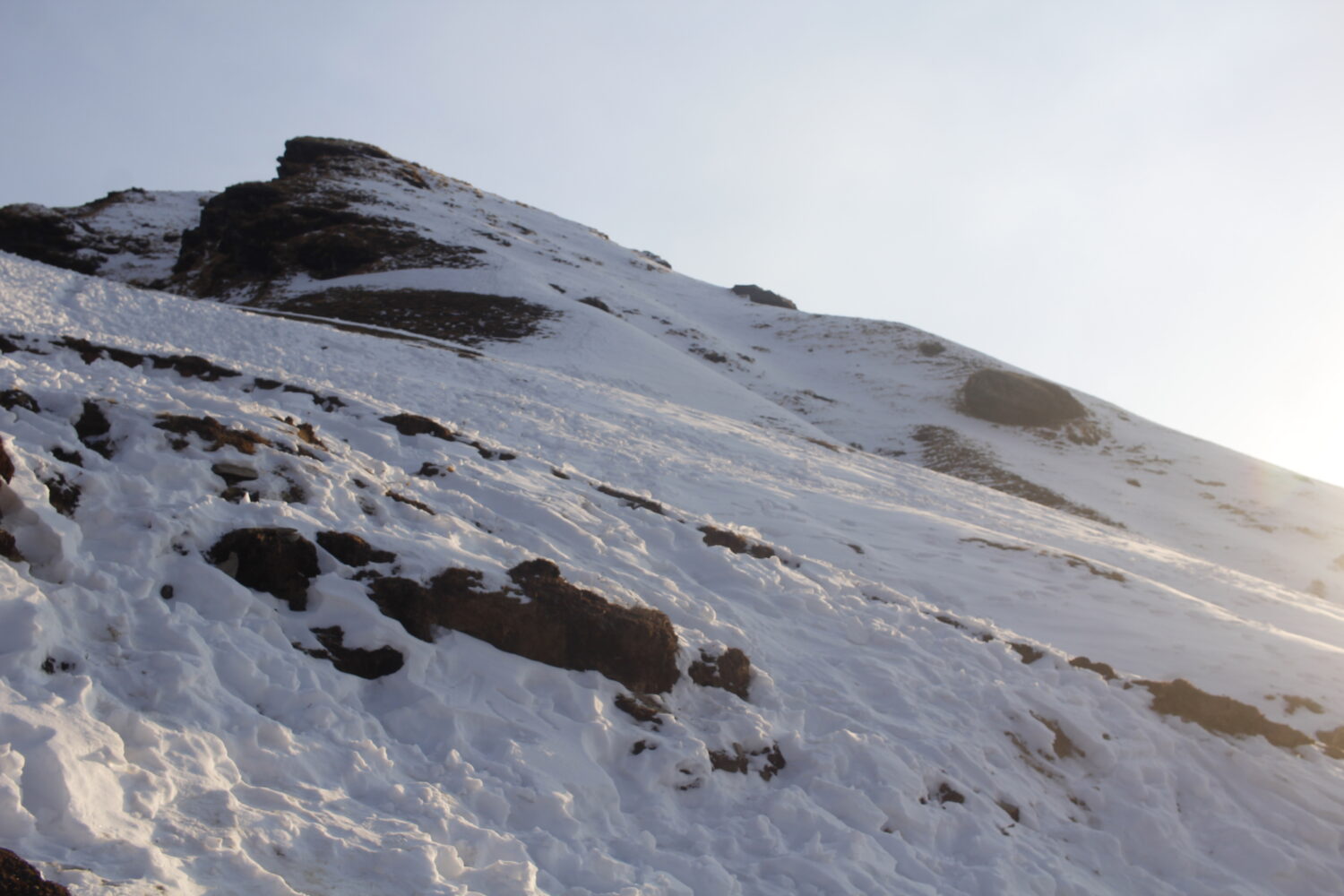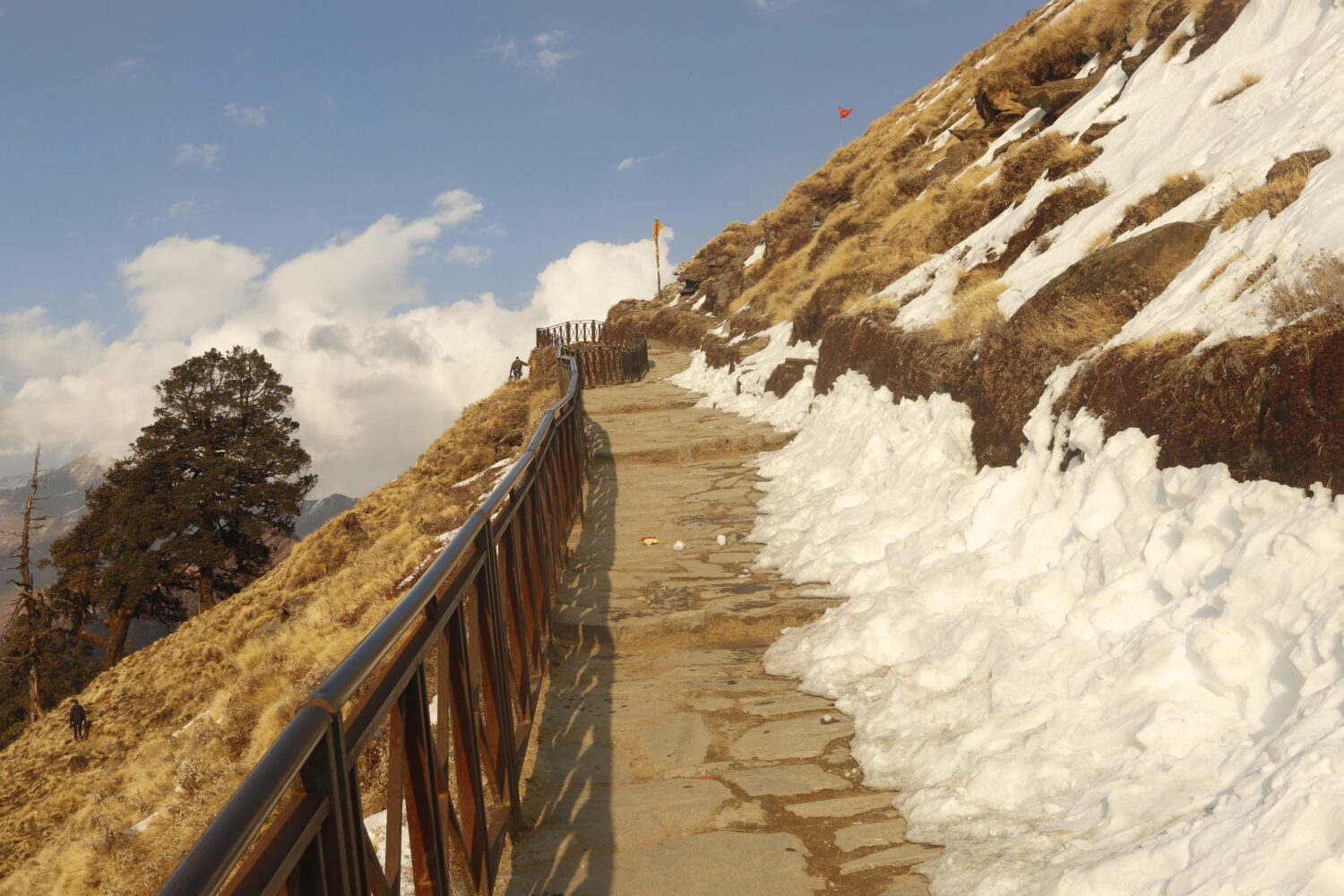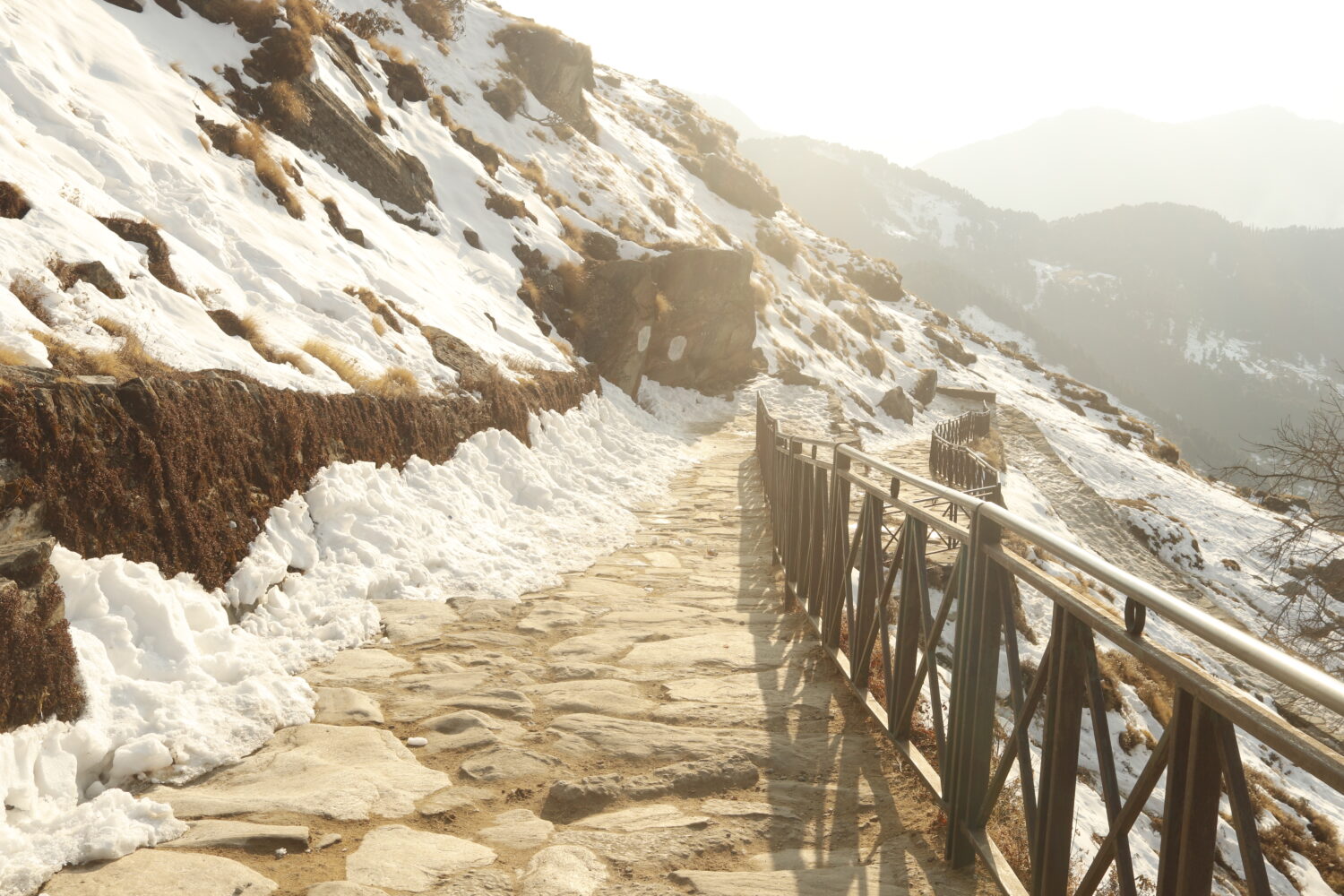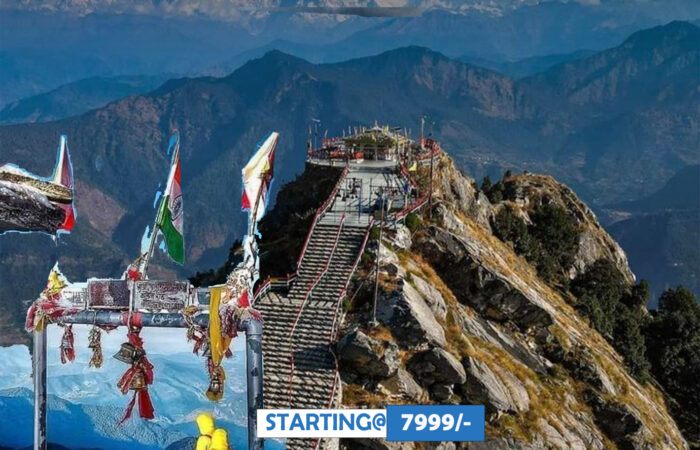Introduction
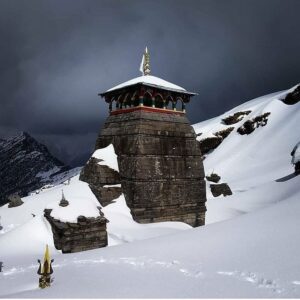
The Chopta Tungnath trek is not only one of the easiest treks in Uttarakhand but also one of the most rewarding. It perfectly combines natural beauty, adventure, and spirituality, making it ideal for beginners and first-time trekkers. The journey starts from Chopta, often called the Mini Switzerland of Uttarakhand, and gradually leads to Tungnath Temple, the highest Shiva temple in the world at 3,680 meters.
Moreover, for those seeking a little extra adventure, the trek continues to Chandrashila Peak, where you can enjoy breathtaking panoramic views of Nanda Devi, Chaukhamba, Kedarnath, and Trishul. In this guide, you will discover how to reach the trek, the best time to visit, winter trekking tips, and essential items to carry for a smooth and memorable adventure.
To Book Your Tour You can whatsapp us @ +916395171962
The Legend of Tungnath
Tungnath is one of the sacred Panch Kedar temples dedicated to Lord Shiva. According to legend, after the Kurukshetra war, the Pandavas wanted to ask Lord Shiva for forgiveness for all the bloodshed and destruction. Therefore, they began a journey into the Himalayas to meet him.
However, Shiva avoided them by taking the form of a bull and disappearing into the mountains. As a result, his body parts appeared in five places, which later became the Panch Kedar temples. At Tungnath, the arms of Lord Shiva are believed to have surfaced.
Because of this divine connection, trekking to Tungnath is not just an adventure. Moreover, it is a spiritual journey filled with peace, devotion, and beautiful Himalayan views, making every step memorable.
How to Reach Chopta Tungnath
By Road
From Rishikesh or Haridwar, you can take a bus or taxi toward Ukhimath or Rudraprayag, and then catch a local jeep to Chopta.
By Train
The nearest railway station is Haridwar, approximately 200 km away.
By Air
The closest airport is Jolly Grant Airport, Dehradun, around 220 km from Chopta.
Best Time to Visit
-
-
Summer (April to June): During this season, you can enjoy clear skies, blooming rhododendrons, and comfortable trekking conditions. Moreover, the trails are ideal for beginners and first-time trekkers.
-
Monsoon (July to September): The meadows turn lush green, but rain can make paths slippery. Therefore, tread carefully and wear proper footwear.
-
Autumn (October to November): The weather is crisp, Himalayan views are clear, and there are fewer crowds. As a result, this is one of the best seasons for peaceful trekking and photography.
-
Winter (December to March): Experience snow-covered trails and magical landscapes. However, the Tungnath temple doors (Kapat) close in late October and reopen in April. Meanwhile, the trek to Chandrashila remains open, making it a popular winter adventure.
-
Tips for Beginners & Winter Trekking
-
-
Start Early: Begin your trek before sunrise. This helps you avoid icy trails later in the day.
-
Layer Up: Carry thermals, fleece, and a down jacket to stay warm throughout the trek.
-
Snow Gear: Wear waterproof trekking shoes with a good grip. Additionally, if snow is heavy, bring gaiters or microspikes for safety and stability.
-
Stay Hydrated: Cold weather may reduce your sense of thirst, but dehydration can cause fatigue. Therefore, drink water regularly.
-
Safety First: Avoid shortcuts on the trail. Moreover, if you are new to snow trekking, always go with an experienced guide to ensure a safe and smooth journey.
-
Things to Carry
-
-
Warm Clothes: Carry thermals, woolens, and gloves to stay comfortable in cold weather.
-
Footwear: Wear sturdy trekking shoes with a good grip for safe walking on trails.
-
Rain Gear: Bring a raincoat or poncho as weather can change quickly.
-
Light Source: Pack a torch or headlamp with extra batteries.
-
Medical Kit: Keep a personal first-aid kit for emergencies.
-
Snacks & Water: Carry a reusable water bottle and dry snacks to stay energized.
-
Sun Protection: Don’t forget sunglasses, sunscreen, and lip balm to protect against sun and wind.
-
Power & Photography: Bring a power bank and extra camera batteries to capture memories.
-


